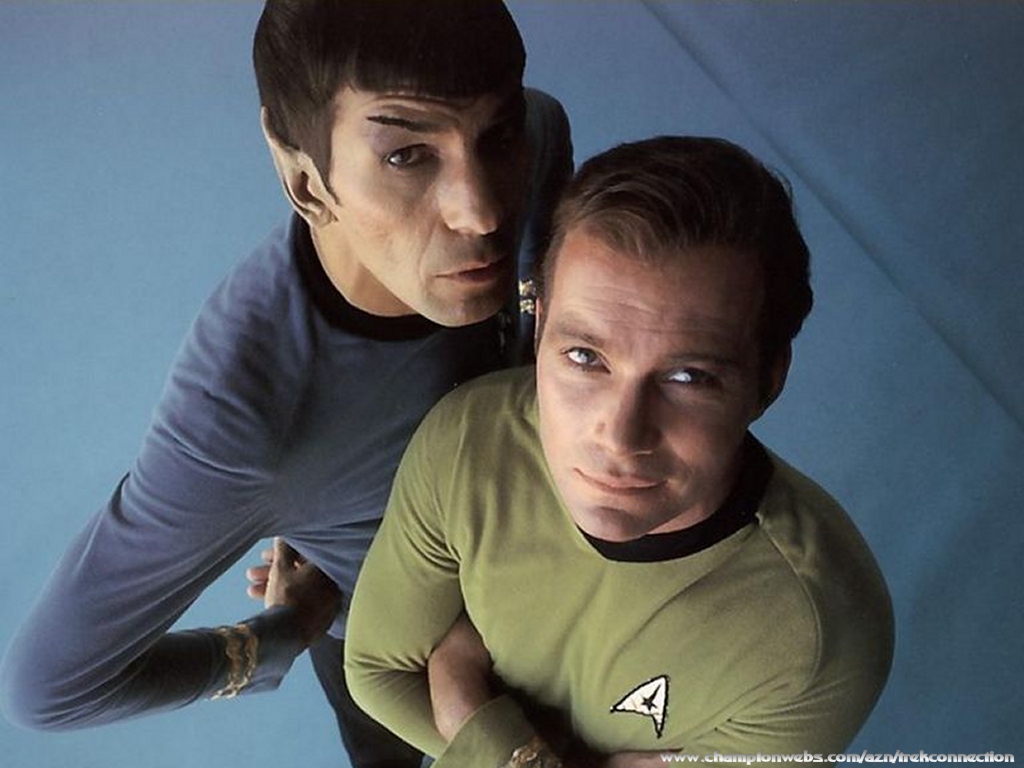What does Building’s future decision-making look like?
Star Trek offers us three models, each embodied in a specific character. Will it be based on intuitive insight drawn from rich and varied experience and superlative training, as portrayed by Captain Kirk? Will it be based on a combined centralized and communal authority, driven by rationality and inarguable logic, as portrayed by the Borg, a collaborative group whose actions are synchronized by a hyper-rational hive mind called “the Collective” ? Or perhaps it will be based on a creative tension between reason and intuition, as portrayed by Spock? Logic dominates Spock’s everyday thinking; however, at crucial times, logic defers to a deeper awareness that may suggest an alternative action that defies logic.
Historically, the Kirk character represents our culture’s prototypical hero. A strong, self-reliant individual who wins the day through independent action, charismatic leadership, and unfailing valor. This seems to be the prototypical ideal for ambitious entrepreneurs, and has certainly attracted many individuals to the Building industry who see these characteristics in themselves. We see, organizations with looser structures that are often lead by hard charging individuals. These are typically, Start-Ups.
Then there are organizations with hyper, logic based, business operation structures in the style of the Borg. They offer little wiggle room for push back or initiative for their employees and rarely succeed in American culture or businesses.
The individualist (Kirk) and collectivist (the Borg) models are typically portrayed as two incompatible, competing methods of operation. Historically, these two ideas had to be placed in opposition with each other, because we did not have the understanding, language, community structures, technology, and communications tools we have today. The new tools provide new opportunities for collaborative decision making and operations, that support new business processes that will allow these approaches to be more integrated in future operations.
Going forward, I think the Spock model will provide the most interesting insights into how we organize our businesses and building projects. New collaborative platforms and building systems offer logical frameworks for consistent standards, templates and workflows we all can embrace and trust. At the same time, they will provide us with sufficient flexibility to adapt to changing conditions and satisfy our individual learning and implementation needs.
A major cultural shift is underway. Technology is providing more and more people with the ability to seamlessly join collaborative groups regardless of geographic location. My net meetings, video conferences and cloud sharing experiences have grown from a mere handful in the late 1990’s and early 2000’s to a majority of my business interactions today. Beyond the obvious efficiencies of less travel, less wasted time, and 24/7-access to the most current data in the cloud, I find that the meetings themselves are much shorter, more focused and more effective. Everyone experiences the presentation materials on their computer screens in the exact same way, and individual input can be shared in real time. Personal relationships and team building are still critically important, but much of our business interactions simply do NOT need to take place face-to-face. In the not too distant future, I imagine millennials will streamline communications by shifting a significant portion of their work to virtual collaboration. This collaboration will increasingly take place on platforms that define the minimal structural definitions that must be respected to ensure powerful and seamless data sharing while also providing each company and individual user, the maximum amount of flexibility to create and make decisions in the manner they are most comfortable. The balance between these two conditions is critical. These “Standard, Template and Workflow rules” will ensure seamless data handshakes between different project team members as well as data shared between the buildings’ different lifecycle phases.
As we explore the nature of new business and operational solutions for Building’s future, the Spock option seems to be the most promising analogy. A fully integrated, logically organized system that also empowers individual team members. A system that clearly defines how data is created, structured, analyzed and shared. A system with built-in flexibility to accommodate individual learning and working preferences. This seems like the best of all possible worlds.
